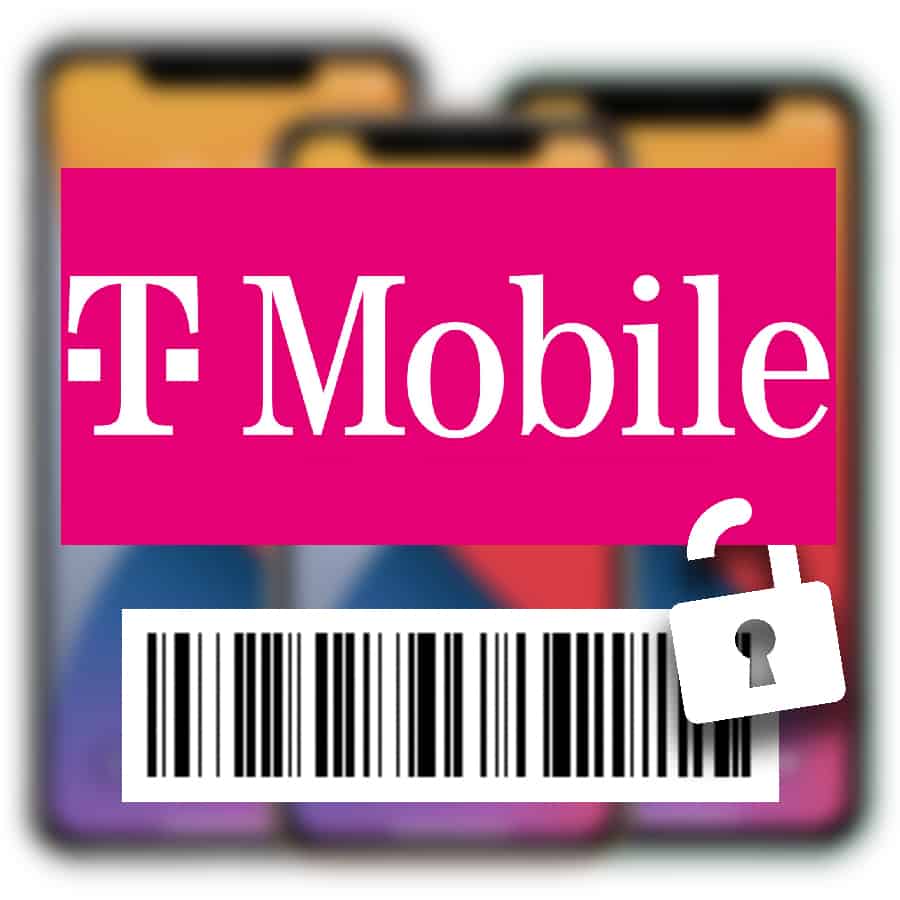If you have checked your usage details on your phone bill or in your carrier’s app, you may have seen entries for incoming or outgoing messages linked to the number 128. The 128 SMS short code is not a traditional text message, a person, or a marketing company; it is an internal system code used primarily by the T-Mobile network to log specific technical events on your account.
This guide will explain the two most common triggers for the mysterious 128 short code log entry, clarify why it’s not a security threat, and outline the proper steps to take if you are ever concerned about an unknown short code.

The True Identity of the 128 Short Code
A short code is typically a 5- or 6-digit number (like 7726 for spam reporting) used for high-volume, automated messaging. The code 128 is a short, three-digit code that behaves differently from these traditional short codes.
T-Mobile’s Internal System Placeholder
The 128 SMS entry is essentially a system-level routing number or a placeholder used for internal tracking by the carrier. While it appears in your usage history as an “incoming text” or “outgoing text,” the message itself is a system event—not a conversation.
The most common context for 128 SMS is on the T-Mobile network (including legacy Sprint services) and is related to your phone’s functionality and attached devices.
Common Triggers for the “128” Log Entry
If you see the 128 short code in your logs, it was almost certainly triggered by one of these routine, harmless activities:
- Voicemail Notifications
This is the most frequent trigger. When someone leaves you a voicemail, the network sends a notification to your device to alert you and trigger the voicemail icon. This internal network alert is often logged on your account history as an event from the 128 SMS short code.
- Connected Device Synchronization
The code is often reported by users who have a phone paired with another connected device, such as an Apple Watch, cellular-enabled tablet, or T-Mobile’s DIGITS service. The network uses the 128 code to log the background communication necessary to keep these devices in sync with your primary phone number. For instance, messages sent from your Apple Watch may be logged using the 128 code.
- Multimedia Messaging Service (MMS) Content Delivery
In some older or merged network contexts (like the post-Sprint merger environment), the 128 short code has been known to be used to deliver the underlying data for certain multimedia messages (MMS, or picture/video messages).
128 SMS: Security and Scams
The 128 short code is not a scam and is not associated with unwanted subscriptions or premium service charges.
Since the code is controlled by the carrier’s internal infrastructure:
- You should never receive an actual, visible text message from 128 asking you to click a link, provide information, or call back.
- The entries are simply a behind-the-scenes look at your phone’s connection to the T-Mobile network and its associated services.
- If you receive a text message in your regular inbox that seems to be from 128 and asks for sensitive information, it is a phishing attempt that is spoofing a legitimate-looking number. Do not click the link and report it immediately.
Frequently Asked Questions
What should I do if I see 128 SMS messages on my bill?
You can safely ignore the entries from the 128 SMS short code. They are part of your phone’s normal network activity, and there are no charges associated with this system-level placeholder. They simply confirm that services like your voicemail and connected devices are functioning correctly.
Can I block the 128 short code?
No, you cannot (and should not) block the 128 short code. Since it is an integral part of how T-Mobile delivers voicemail and device synchronization information, blocking it would likely interfere with core functionalities on your phone and any connected wearables.
How can I report spam if I receive a suspicious text from a different short code?
If you receive any unexpected or suspicious text message from any short code (or 10-digit number) that you did not opt into, you can report it to T-Mobile’s spam reporting service.
- Do not reply to the suspicious text.
- Forward the entire message to the short code 7726 (S P A M on your keypad).
- T-Mobile will receive the message for analysis and confirm that you have reported it.
Are there any other T-Mobile internal short codes I should know about?
Yes, T-Mobile uses several short codes for self-service options that you dial like a phone number:
- #BAL# (#225#): Check your account balance.
- #WEB# (#932#): Check your mobile data usage.
- 611: Connect directly to T-Mobile Customer Care.


